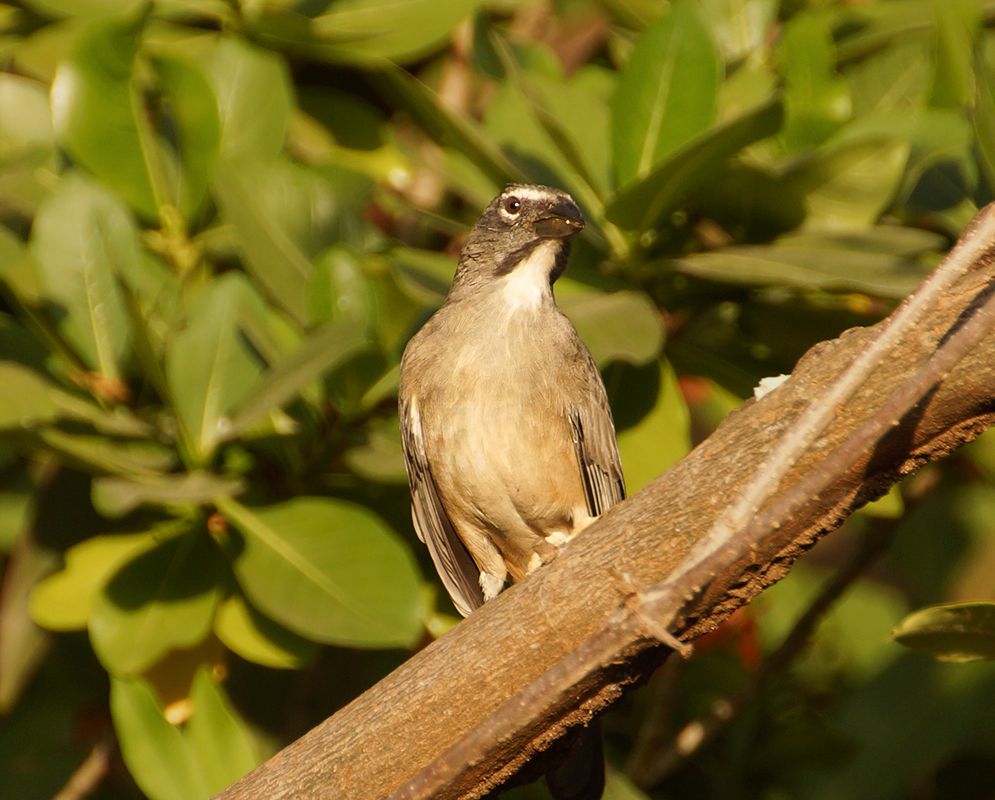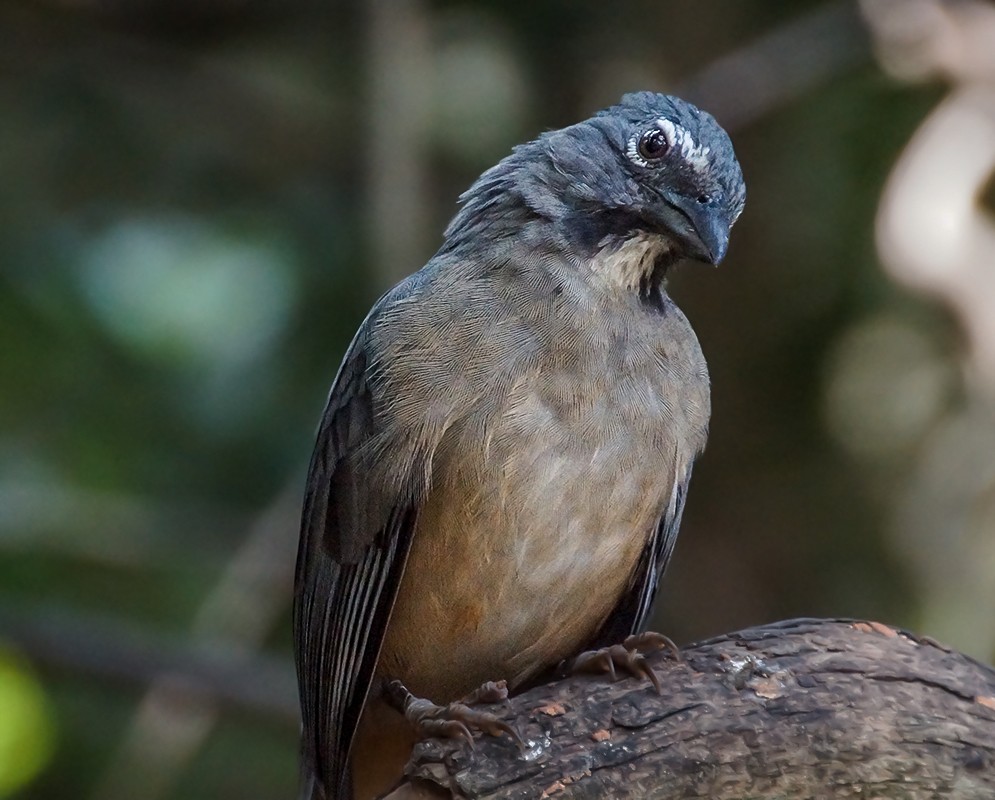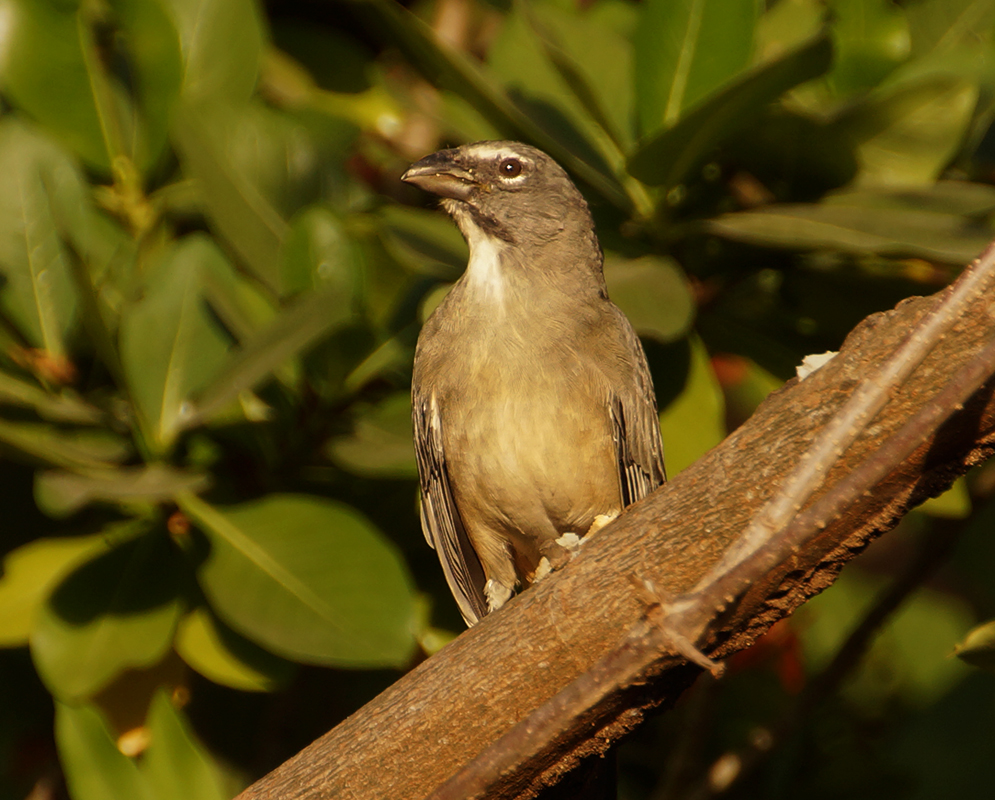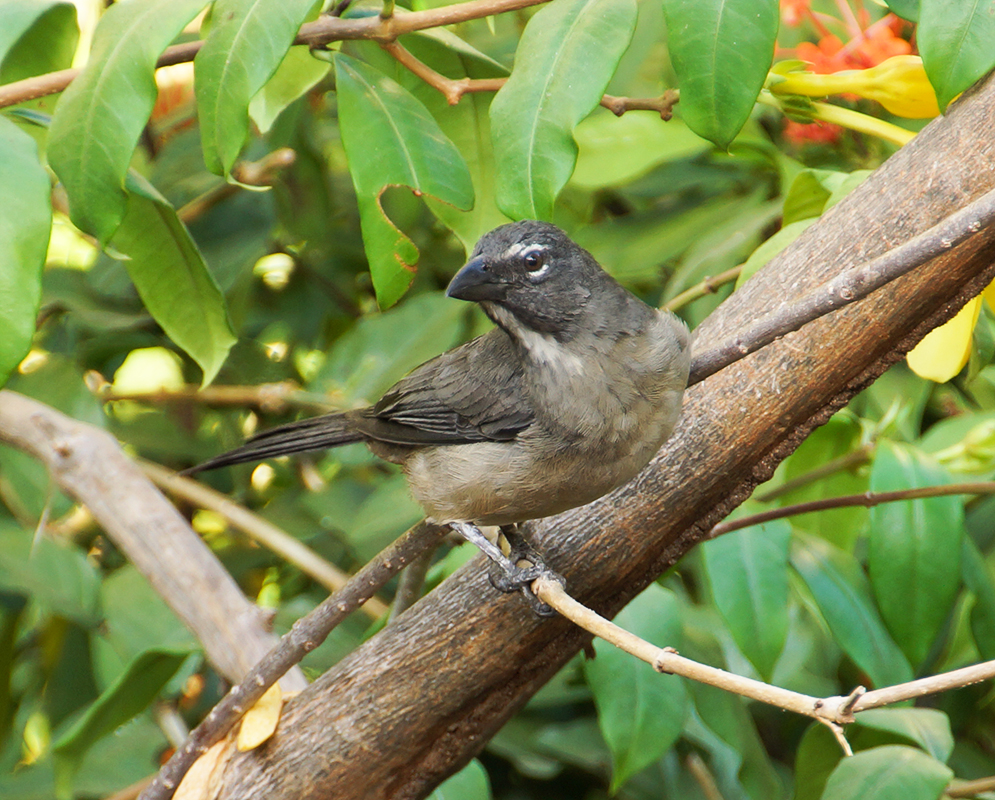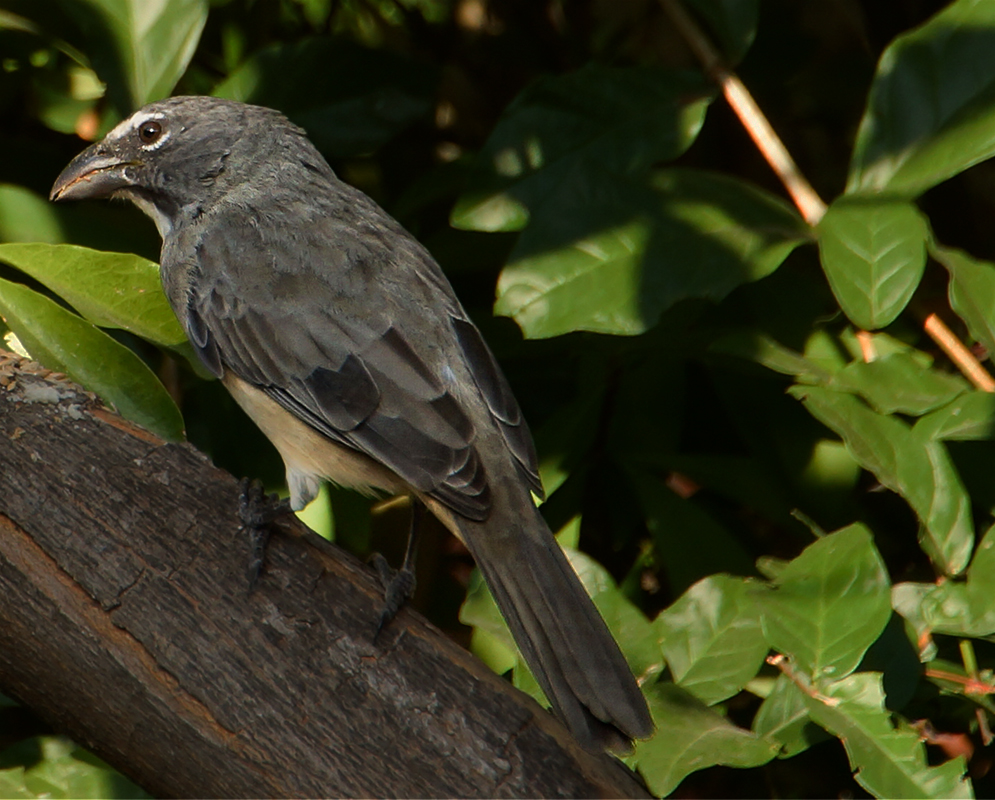This post has 11 Simple Fields-fields attached. Show fields.
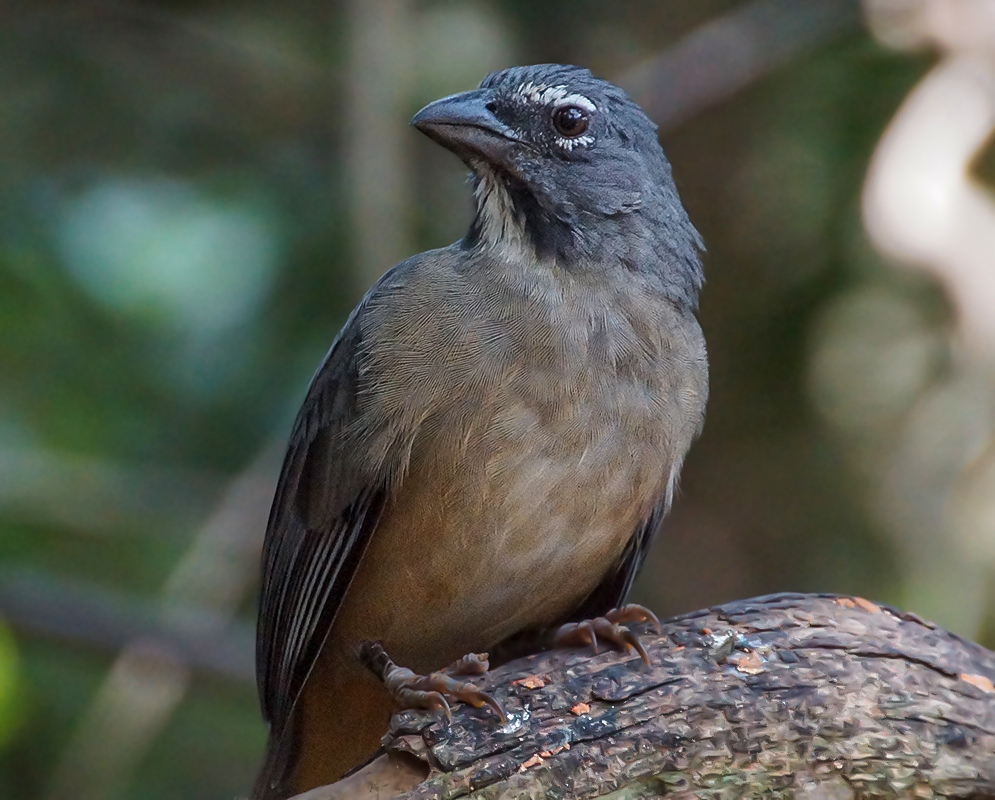
The Bluish-grey Saltator is a passerine bird belonging to the tanager family Thraupidae, predominantly found in the semi-open habitats of tropical and subtropical South America. Notably, it avoids dense forest interiors, favoring woodlands, scrublands, and the peripheries of forests. This habitat preference underscores its adaptability to a range of environments, including some urban areas, where it is considered a suitable resident. The Bluish-grey Saltator measures approximately 8 inches in length and weighs around 1.8 ounces. Its plumage is variable, influenced by age and subspecies, generally featuring grey or greyish-olive upperparts. Distinctive markings include a white stripe over the eye, a narrow white throat, a grey breast, and a buff or cinnamon-colored belly. This bird's diet is primarily composed of fruits, buds, and slow-moving arthropods, and it is known to forage at low to middle levels of vegetation. Often seen in pairs or small groups, it may also join mixed-species flocks, including other saltators, for feeding.
Reproductive behavior of the Bluish-grey Saltator includes laying two pale blue, subelliptic eggs per clutch, each weighing about 0.18 ounces and marked with a unique pattern of blackish-brown hairstreaks and dots around the blunt end. These eggs are nestled in a bulky cup nest, typically positioned 6.5 to 13 feet above the ground in a tree. In terms of conservation status, the species is classified as 'Least Concern' by the IUCN with a population over 5 million individuals. Photographed in Barranquilla, Colombia.
